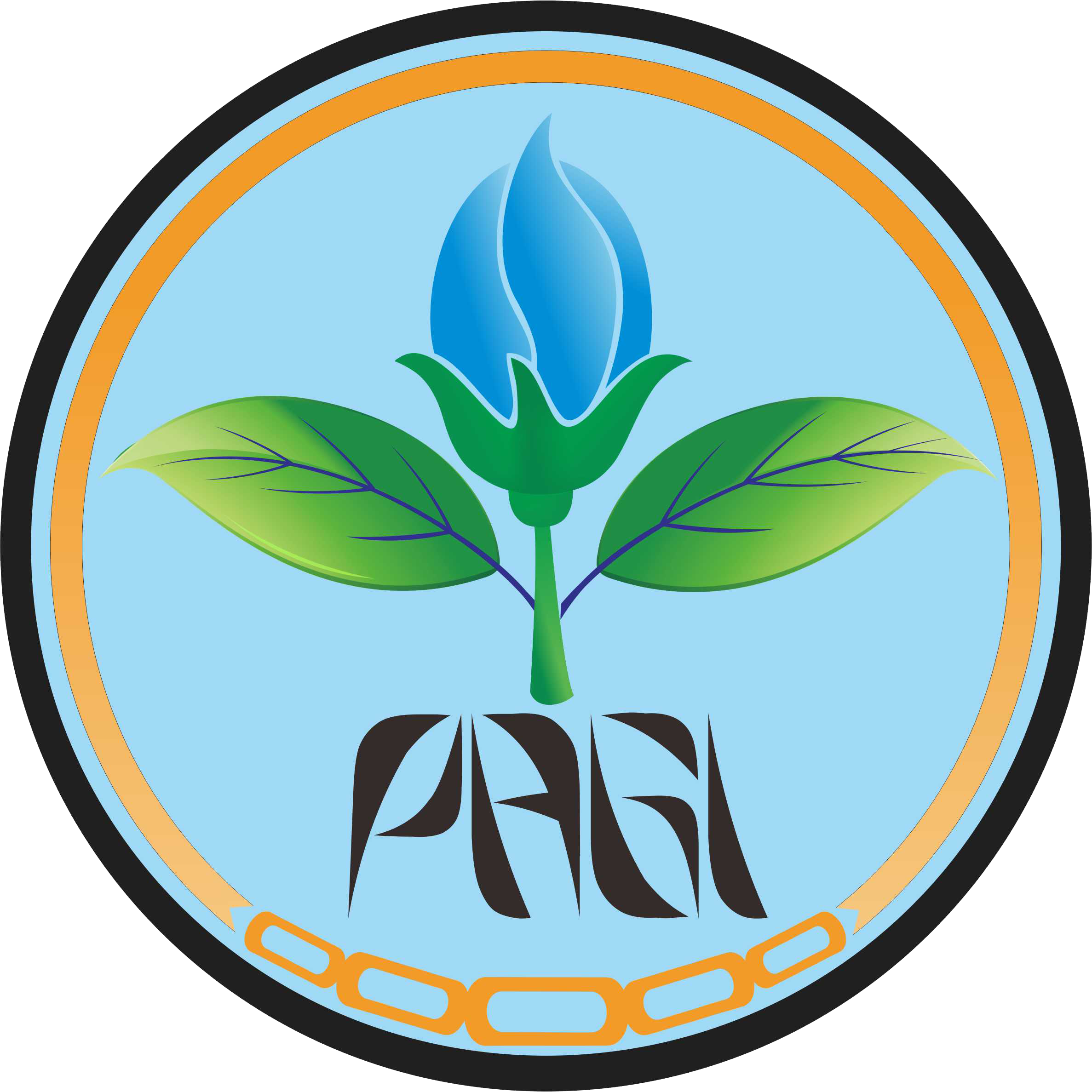Application Of Potassium Fertilizer and Teak Leaves Debris for Arrowroot Yield
Abstract
Arrowroot yield can be used as a substitute for rice. Arrowroot tubers can be utilized to meet the needs of carbohydrates. Potassium fertilizer can help the formation of arrowroot tubers and the formation of arrowroot starch. Arowroot are found wildly grown under teak. This research aims to determine the dose of potassium fertilizer and determine the influence of teak leaf debris on arowrrot yield. This research was held from March to September 2016 in the Agricultural Land UNS Jumantono. The research using Randomized Completely Block Design (RCBD) method. Two separate experiments that KCl fertilizer application and the application of teak leaf debris dry. KCl fertilizer treatment given to the arrowroot plant is K0 (0 g-1plant), K1 (2,4 g-1plant), K2 (4,8 g-1plant), K3 (7,2 g-1plant) and K4 (9,6 g-1plant). Debris leaves of teak treatment given the arrowroot plant is A0 (0 g-1plant), A1 (20 g-1plant), A2 (40 g-1plant), A3 (60 g-1plant) and A4 (80 g-1plant). The results showed that the fertilizer KCl 4,8 g-1plant tends to increase arrowroot yields. Adding teak leaf debris 80 g-1plant tends to increase the number and weight of arrowroot tubers.
Keywords
Full Text:
PDF(ID)References
Arsyad S. 2006. Konservasi tanah dan air. Bogor(ID): IPB Press.
Gardner FP, Pearce RB, Mitchell RL. 1991. Fisiologi tanaman budidaya. Terjemahan: Herawati Susilo. Jakarta(ID): UI Press. Kamwean P, Chaisan T, Thobunluepop P, Phumichai
C, Bredemeier M. 2017. Changing of morphological characteristic and biomass properties in Pennisetum purpureum by colchicine treatment. J Agronomy. 16 (1) : 23-31.
Klimešová J, Klimeš L. 2007. Bud banks and their role in vegetative regeneration – A literature review and proposal for simple classification and assessment. Perspectives in Plant Ecology, Evolution and Systematics 8: 115–129.
Leiwakabessy FM. 1988. Kesuburan tanah. Bogor(ID): IPB Press.
Matloob A, Khaliq A, Farooq M, Cheema ZA. 2010. Quantification of allelopathic potential of different crop residues for the purple nutsedge suppression. Pakistan. J Weed Science Research. 16(1):112.
Nainggolan P, Tarigan D. 1992. Pengaruh sumber dan dosis pupuk kalium terhadap hasil dan mutu umbi kentang. J Hortikultura 2. Hal : 781-787.
Nurhayati H, Sudiarto, Gusmaini, Rahardjo M. 2003. Daya hasil umbi-umbian dan pati beberapa aksesi garut (Marantha arundinacea L.) pada beberapa tingkat naungan. J Ilmiah Pertanian. IX(2): 17−25.
Palupi ER, Dedywiryanto Y. 2008. Kajian karakter toleransi cekaman kekeringan pada empat genotipe bibit kelapa sawit (Elaeis guineensis Jacq). Bul Agron. 36(1): 24-32.
Perfect EMC, Sukop, Haszler GR. 2002. Prediction of dispersivity for undisturbed soil columns from water retention parameters. J Soil Science Society of America. Pp. 696-701.
Rice EL. 1974. Allelopathy. New York(US): Acad Press. Saraswati S, Adolfsen B, Littleton JT. 2007.
Characterization of the role of the Synaptotagmin family as calcium sensors in facilitation and asynchronous neurotransmitter release. Proceedings of the National Academy of Sciences of USA 104(35): 14122-14127.
Setyamidjaya D. 1986. Pupuk dan pemupukan. Jakarta(ID): Simplex.
Singh HP, Batish DR, Kohli RK. 2003. Allelopathic interaction and allelochemicals: new possibilities for sustainable weed management. Critical Reviews in Plant Sciences. 22: 239-311.
Sitompul SM, Guritno B. 1995. Analisis pertumbuhan tanaman. Yogyakarta(ID): Gadjah Mada University Press.
Soedibyo M. 1995. Alam sumber kesehatan, manfaat dan kegunaan. Jakarta(ID): Balai Pustaka.
Sohel MAT, Siddique MAB, Asaduzzaman M, Alam MN, Karim MM. 2009. Varietal performance of transplant aman rice under different hill densities. Bangladesh. J Agril Res. 34(1): 33 – 39.
Solichatun, Anggarwulan E, Mudyantini W. 2005. Pengaruh ketersediaan air terhadap pertumbuhan dan kandungan bahan aktif saponin tanaman ginseng jawa (Talinum paniculatum Gaertn.). J Biofarmasi. 3 (2): 47-51.
Sulisyaningsih E, Kurniasih B dan Kurniasih E. 2005. Pertumbuhan dan hasil Caisin pada berbagai warna sungkup plastik. J Ilmu Pertanian. 12: 65-76.
Syatiriah H. 2009. Inventarisasi tanaman Berpotensi alelopati di kampus ITS Sukolilo Surabaya. Skripsi. Surabaya(ID): Institut Teknologi Sepuluh Nopember. Torr GS, Condron LM, Cameron KC. 2004. Seasonal fluctuations in phosphorus loss by leaching from a grassland soil. J Soil Science Society of America 68: 1429-1436.
Villarnayor FG, Jukema J 1995. Marantha arundinacea L. in plant resources of South-East Asia 9, PlantsYielding non-seed carbohydrates. Prosea.
Widowati, Utomo WH, Soehono LA, Guritno B. 2011. Effect of biochar on the release and loss of nitrogen from urea fertilization. J Agriculture and Food Technology 1: 127-132.
Refbacks
- There are currently no refbacks.






